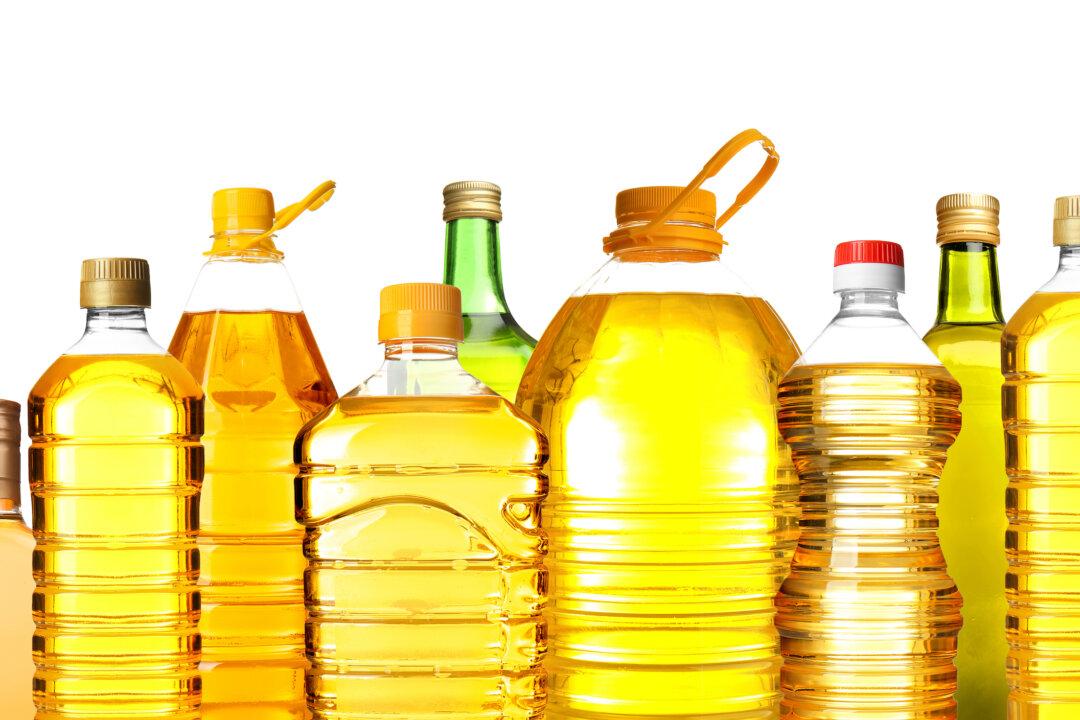Story at-a-glance
- There’s an even worse offender than sugar for your immune system and overall health: industrially processed seed oils, often referred to as “vegetable oils”
- At the root of the harmful biochemical reactions triggered by seed oils is linoleic acid, the primary fatty acid found in polyunsaturated fatty acids (PUFAs)
- The dramatic increase in seed oil intake in recent decades is a key culprit behind the soaring rates of heart disease, cancer, age-related macular degeneration, diabetes, obesity and dementia
- Unsaturated fat intake is associated with increased mortality from COVID-19, while saturated fat intake lowers your risk of death
- Linoleic acid is found in most processed foods, including sauces and salad dressings, along with “healthy” foods like chicken, pork and olive oil
What you eat plays a significant role in how well your immune system functions. As a result, you can actively support your body’s ability to ward off acute and chronic conditions with each food you put into your mouth. However, depending on your food choices, you can also hinder it.
Dr. Joseph Mercola is the founder of Mercola.com. An osteopathic physician, best-selling author, and recipient of multiple awards in the field of natural health, his primary vision is to change the modern health paradigm by providing people with a valuable resource to help them take control of their health.
Author’s Selected Articles






